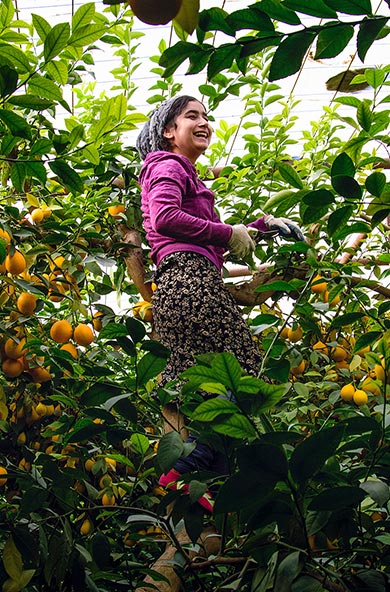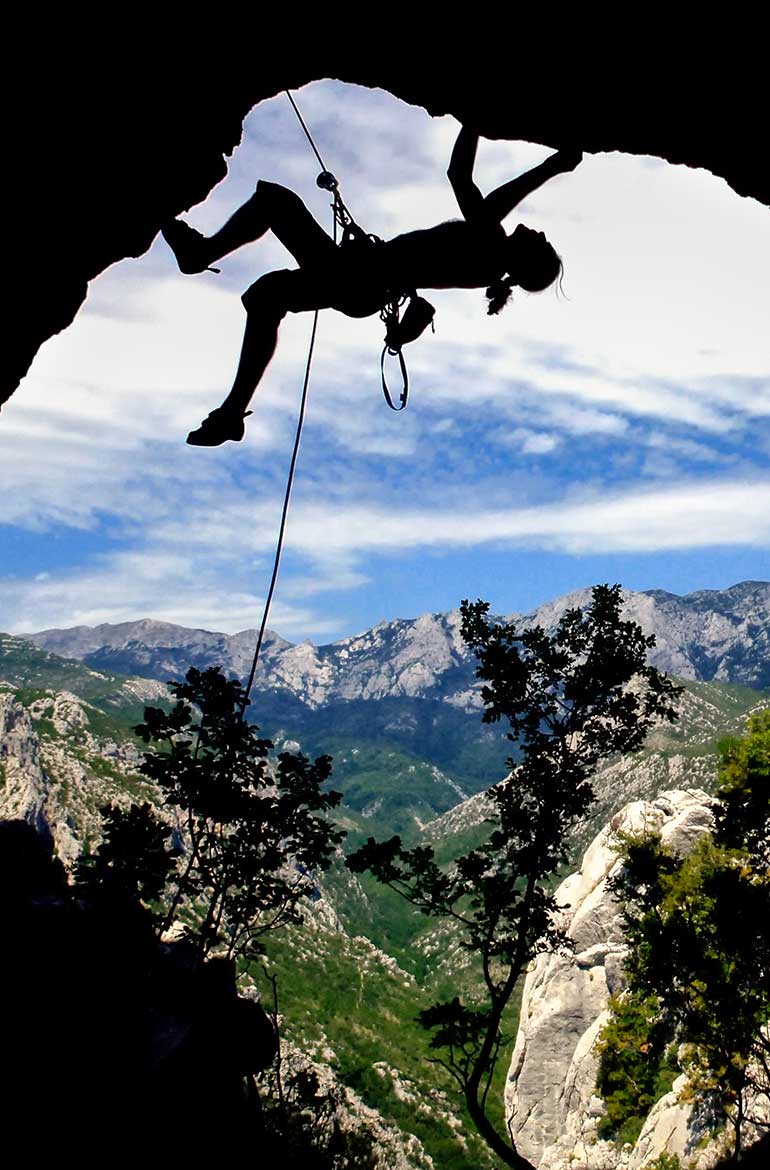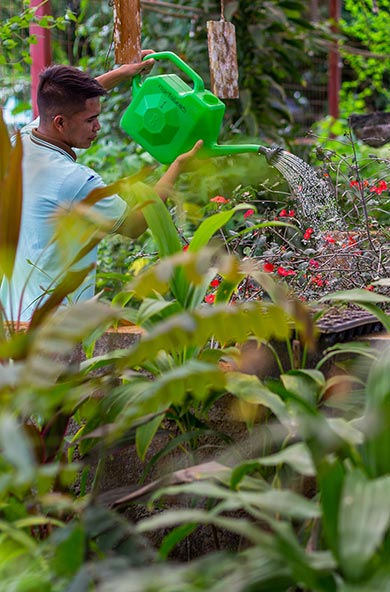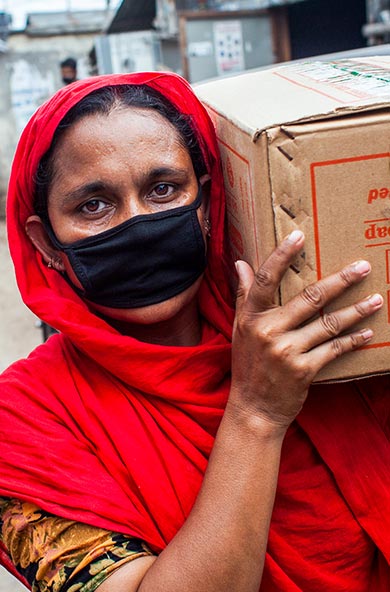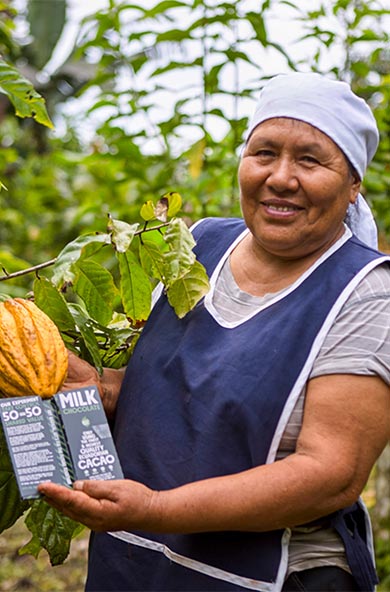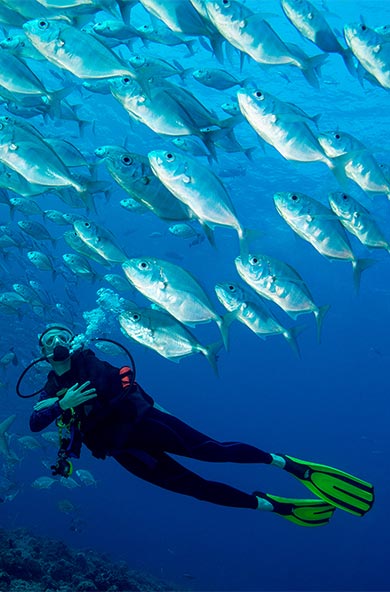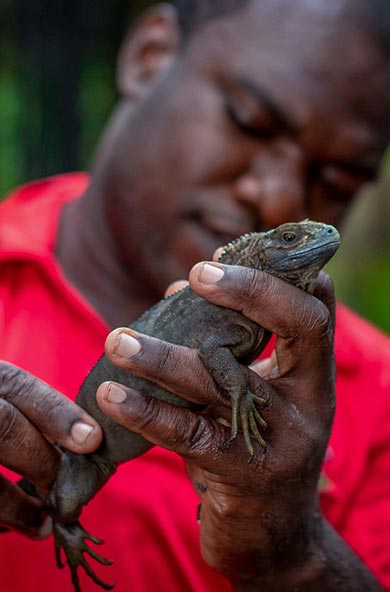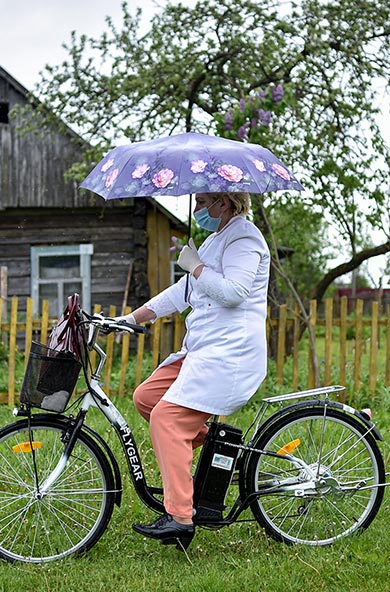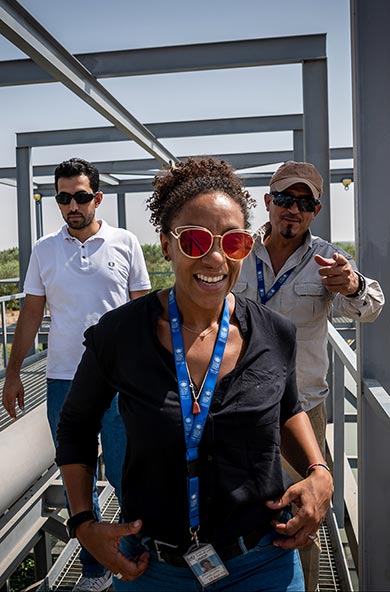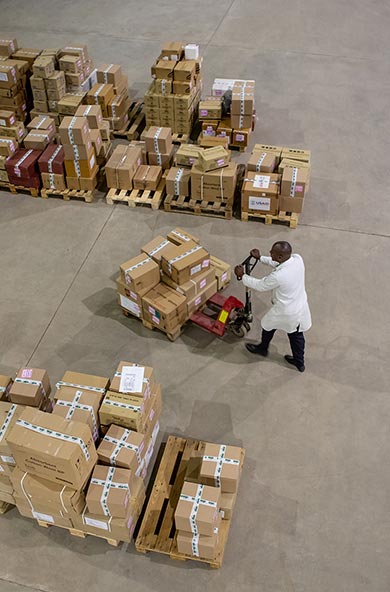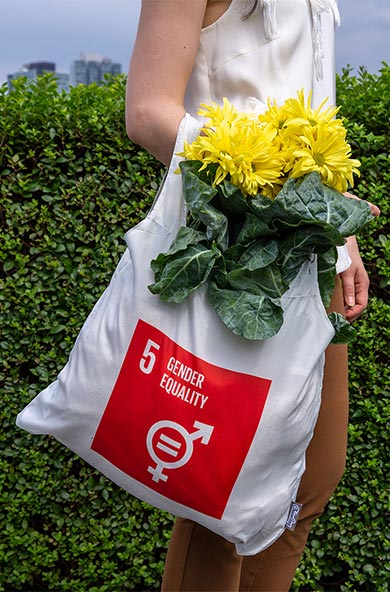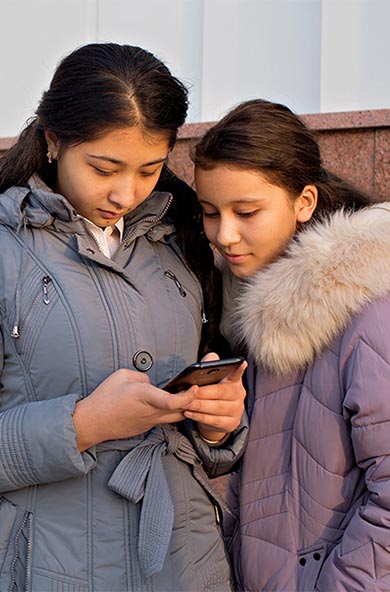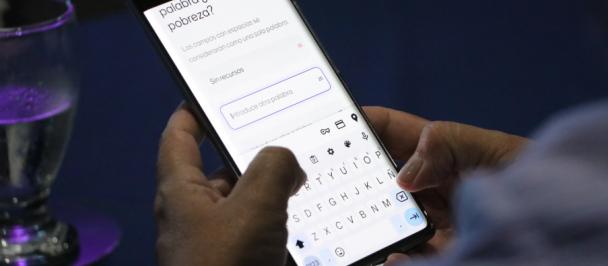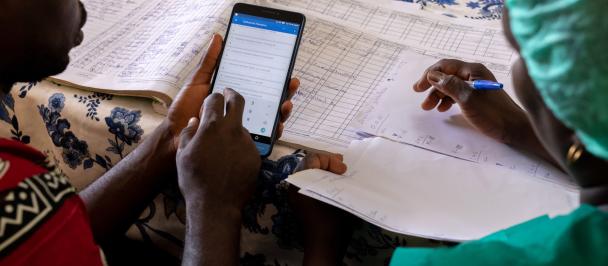Traversing the metaverse whilst managing risks with opportunities
July 19, 2022

With people spending more time in digital and virtual environments, there are opportunities to accelerate sustainable development, but we must address concerns over privacy, human rights, inequality and environmental impact.
Chanthou is returning to her home in rural Cambodia after another long day at work. She works for a luxury clothing brand, but instead of producing physical goods at the nearby garment factory, Chanthou designs and sells digital clothing for the firm in the form of non-fungible tokens, referred to in short as NFTs. Her experience with Cambodian art, coupled with her creative talent has helped to produce unique digital artifacts that are sold and traded in many of the decentralized virtual worlds known collectively as the ‘metaverse’.
The scenario above is fictional but raises important questions: Is this a #TechForGood utopian dream riding on the coattails of the latest trend, or does it portray real opportunities that can advance progress towards the Sustainable Development Goals (SDGs)? Furthermore, with around 2.9 billion people still lacking meaningful connectivity to the Internet, what benefits does the metaverse offer for sustainable development?
In line with UNDP’s goal of advancing inclusive digital transformation, emerging technologies are being harnessed as part of a holistic approach to ensure that everyone benefits from the changes they bring about. In this light, there are both opportunities to accelerate progress on the SDGs, as well as risks that need to be managed in order to prevent digital harms and exacerbation of inequalities.
Demystifying the metaverse
The metaverse is a growing network of virtual and augmented digital worlds that exist in parallel with the physical world. In simple terms, the metaverse can be thought of as the next major and three-dimensional evolution of the Internet (which is part of the reason this collection of technologies is usually referred to as ‘Web 3.0’).
There are two broad models of the metaverse – open and closed. Closed worlds are owned and operated by companies with a self-contained ecosystem or ‘walled garden’. On the other hand, open worlds are decentralized and distribute ownership to users and contributors.
Digital scarcity and traceability are defining features of the metaverse, enabled by blockchain technology. This ability to create and sell ‘one of a kind’ digital assets – where the authenticity of the original creation can be proven – has led to a flurry of non-fungible tokens (or NFTs) in the creative sector. While a lot of the momentum surrounding NFT art could be a passing fad, underlying trends such as the ability to track and capture sales in digital markets may be around for much longer.

Often called ‘Web 3.0’, the metaverse can be thought of as the next major and three-dimensional evolution of the Internet.
At these early stages of metaverse development, there are many possible opportunities to accelerate the SDGs, many of which are being explored (such as the example described in the fictional story above about Chanthou). Covering a range of issues, the metaverse could be effectively harnessed to transform and enhance education; improve livelihoods and income generation; access public and private services; strengthen global cooperation and community building; boost citizen engagement; and enable new cooperative and collaboration models.
Conversely, there exist valid and potential concerns ranging from invasions of privacy, abuse of human rights, exacerbating inequalities and perpetuating societal biases, to environmental concerns about energy usage.
As the metaverse evolves, safe and meaningful innovation environments will need to be funded and established in order to create positive impact on the SDGs. As such, the following three inter-linked practical areas of immediate focus are proposed:
- Re-doubling efforts to close the digital divide;
- Bringing in perspectives from the Global South; and
- Creating rights-based systems.
Re-doubling efforts to close the digital divide
As the COVID-19 pandemic has highlighted, there are growing negative consequences associated with the digital divide.
Despite an increase in uptake during the pandemic, the International Telecommunication Union reports that around 2.9 billion people – roughly 37 percent of the world’s population – still have no access to the Internet. Of that total, 96 percent live in developing countries. The report also notes that on a global scale, people in urban areas are twice as likely to use the Internet than those in rural areas. Moreover, there are significant gender gaps in access to digital technology and skills, with 62 percent of men using the Internet compared to 57 percent for women globally, and 31 percent of men versus 19 percent for women in least developed countries.
Given these inequalities, not engineered responsibly, rapid growth and investment in the metaverse can further exacerbate the digital divide. For instance, as education, work and public services are becoming increasingly reliant on digital access, the lack of connectivity is a growing impediment to human development.
Notwithstanding, investments in digital public infrastructure that enable inclusive connectivity will help billions of people to tap into new opportunities that the metaverse is offering. Beyond the availability and affordability of physical connectivity to the Internet, it is also essential to support digital literacy to ensure that everyone can participate in the metaverse, in a safe and meaningful way that improves their lives.
Bringing in perspectives from the Global South
Moving forward, there is the need for greater inclusion of diverse perspectives from the Global South in co-creation. Many of the established metaverse worlds have their origins in companies in the Global North, such as Meta, Epic Games and Microsoft. Creators and participants in open metaverse worlds such as Decentraland, Sandbox and Voxels are also predominantly from the Global North. But as millions of new Global South Internet users come online within the next decade, what will their virtual experience be like?
Metaverse platforms that take a more inclusive and diverse strategy from the start could stand to benefit the most in the long term, as several studies on inclusive digital transformation have shown. Intentionally building and designing with the values, perspectives and talent from the Global South can strengthen the engagement and value proposition of different metaverse platforms. In practical terms, this may mean developing a wide range of language packs, supporting local digital ecosystems and building strategic partnerships with underrepresented groups. Having a globally representative user base enriches the innovation environment and offers a common shared reality for productive discourse and collaboration.
UNDP can facilitate the development of safe environments for the co-creation and testing of concepts with the Global South. On the African continent, Jambo is a practical and forward-looking example that is already pioneering new ways to build Web 3 communities in Africa. By investing in resources and partnerships, more can be done to engage and support locally-inspired digital ecosystems around the world.

While uptake increased during the pandemic, around 2.9 billion people, more than a third of the world’s population, still lack access to the Internet.
Creating rights-based systems
With more people spending an extensive amount of time in digital and virtual environments, having a rights-based system in place becomes even more important.
In these virtual, boundary-less and seemingly jurisdiction free worlds of the metaverse, accountability and respect for human rights must be a priority. Whether virtual or offline, UNDP is a strong proponent of a rights-based approach to development.
If emerging issues of data privacy, security and misinformation are not proactively addressed, they can harm both the end users and the platforms themselves. UNDP intends to support governments in taking a proactive approach to protect their citizens in the metaverse, by upholding human rights. Likewise, UNDP can work in partnership with platform providers to thoughtfully and appropriately integrate a rights-based, user-centric approach to their systems.
Through engagement in initiatives such as DigitalX, the Digital Public Goods Alliance and digital futures research, UNDP is already working with an emerging ecosystem and range of stakeholders on ethics in technology design. These efforts seek to prioritize and scale tools to create accountability frameworks and safeguards, particularly in complex country contexts where the digital divide is greatest.
Central to the necessary safeguards in the metaverse will be robust and accountable digital identities (ideally linked to real people via their legal identities) with appropriate oversight. As innovations flourish, open digital standards and responsible governance mechanisms must be a common denominator among the emerging platforms.
Everyone, everywhere is needed to unlock the full potential of the metaverse
The full potential of the metaverse can only be unlocked when everyone, everywhere can access it. Only then will we be able to truly unleash a global community of users towards bridging the digital divide and ensuring diverse perspectives are included, as well as protected in a rights-based system. Like the physical world we live in, the whole is greater than the sum of its parts in the metaverse, where everyone should have an opportunity to share ideas, knowledge and experiences to strengthen societies, advance humanity and protect the planet.
Going back to the promise of the Internet during its origins, the metaverse may yet provide a levelling platform for all. It will also mean ensuring the participation of vulnerable and at-risk cohorts of the population, by removing traditional barriers such as geography, ethnicity, economic wealth, amongst others. In this respect, UNDP is supporting the development of inclusive digital public infrastructure, which enables people to freely participate in development and chart the path to an inclusive and sustainable future.

 Locations
Locations